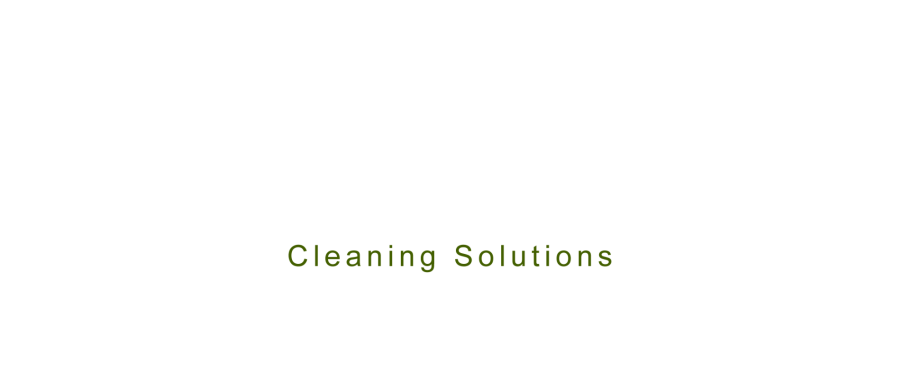Professional Office Cleaning
1. Gather Supplies and Apply Personal Protective Equipment
Gather necessary cleaning supplies as directed. Materials may include glass cleaner, disinfectant, all purpose cleaner, can liners, cleaning cloths and/or dusters, dust mop or vacuum, and any necessary personal protective gear, like protective eyewear and gloves.
Any time you clean with chemicals, make sure you use personal protective equipment, as directed on the Safety Data Sheets for the cleaning products being used.
2. Remove Trash
First, clean up apparent litter prior to emptying trash. Do not discard anything that is questionable. Empty all waste receptacles into the trash can. If necessary, replace the liner. It is also a good idea to store a few additional liners in the bottom of the waste receptacle. Be sure to place the receptacle in its original location.
3. Dust
Begin cleaning the office by dusting furniture and other surfaces. When using a color-coded cloth system to prevent cross-contamination, select a green microfiber for dusting.
Start by dusting higher areas and items, then work your way down, folding your cloth as needed to provide a clean surface. Clean the entire area by working clockwise around the room. Only move items that are easily returned to their original position.
4. Damp Wipe Surfaces
You should damp clean surfaces that are too heavily soiled for simple dusting. Spray your dust cloth with the appropriate Spartan cleaner by holding the product 6 to 8 inches from the cloth and spraying light over the entire cloth surface.
High-touch surfaces need to be damp wiped and disinfected. Start by spraying a clean, lint-free cloth with the Spartan disinfectant of your choice. With a color-coded system, use a red microfiber cloth for disinfecting applications. Examples of high-touch surfaces include light switches, door handles, and telephones, where routine disinfecting is important to minimize the spread of communicable disease.
Be certain to maintain product on the surface for the recommended amount of time, as directed on the product label.
5. Vacuum or Hard Floor Care
Most office areas are carpeted and need routine vacuuming. The frequency of your routine cleaning will be communicated to you by your supervisor.
When vacuuming, start at the section that is the farthest into an area from the doorway or entry, then work your way back out of the area. Vacuum in a consistent, linear pattern. Make sure to cover the entire area.
You should spend more time on high-traffic or heavily soiled areas, including picking up any remaining visible debris by hand. More detailed carpet procedures are provided in the Carpet training section.
Some areas may have hard floors and need to be dust mopped and/or damp mopped. Routine and Periodic Hard Floor Care procedures are documented later in this training program.
Periodic Office Cleaning
- Damp dust high furniture surfaces, such as bookshelves and wall hangings
- Dust light fixtures with a duster
- Dust vents with a duster
- Vacuum cloth furniture
